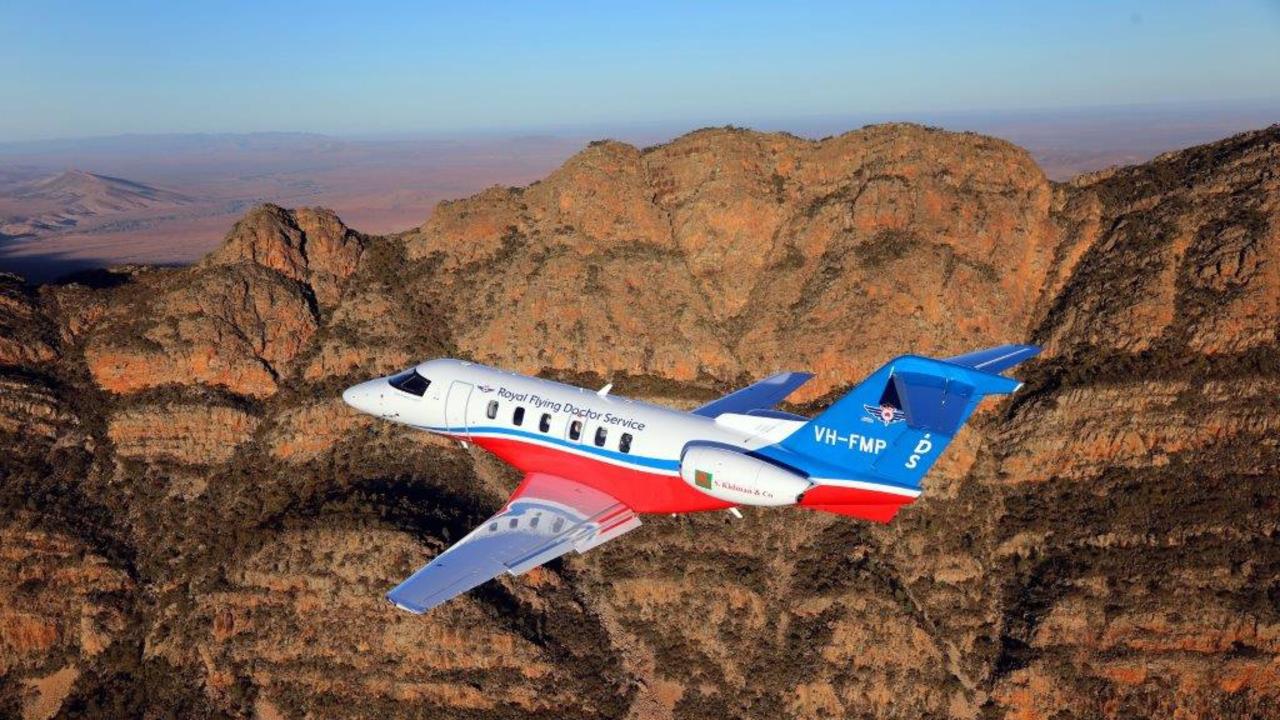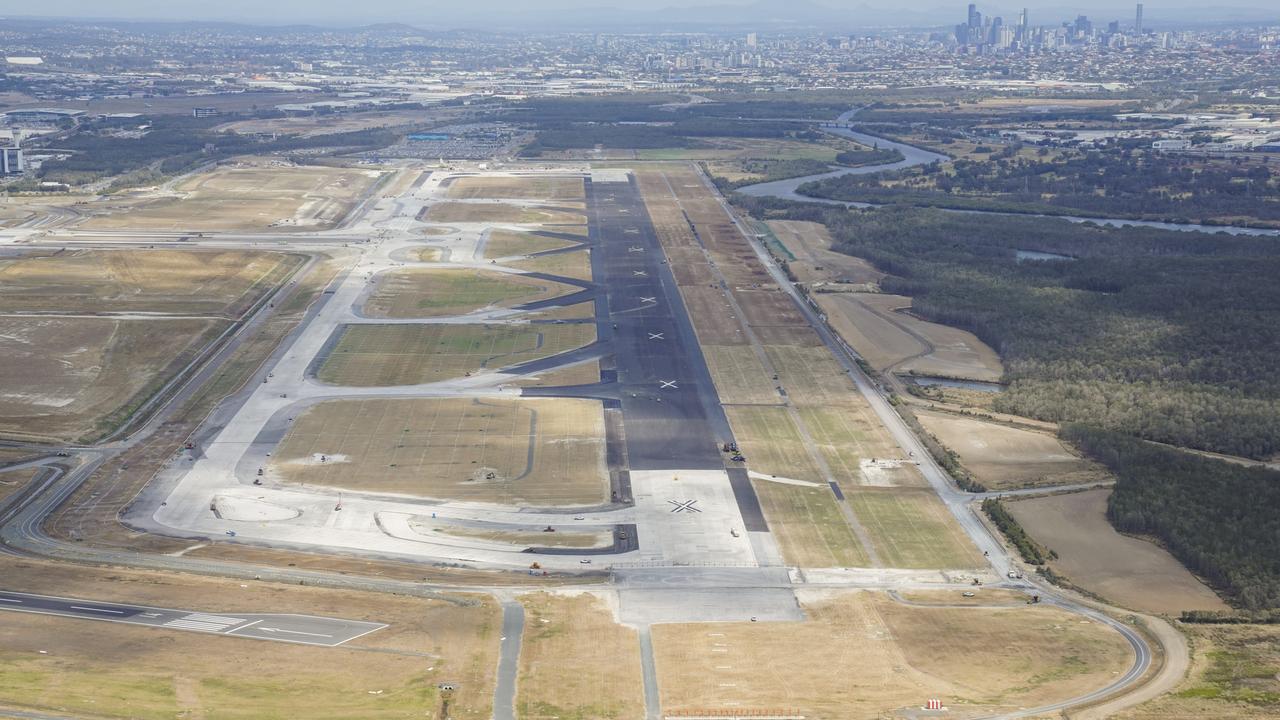Experts call for action amid looming traffic nightmare
SOUTHEAST Queensland’s major routes are expected to become choked with traffic volumes beyond their capacity within 25 years, with the region’s road network heading toward a gridlocked, concrete jungle similar to Los Angeles. SEE WORST ROUTES
Future QLD
Don't miss out on the headlines from Future QLD. Followed categories will be added to My News.
SOUTHEAST Queensland’s major routes will be choked with traffic volumes beyond their capacity within a quarter of a century, disturbing new data reveals.
Analysis and traffic projections from a range of experts have highlighted a nightmare outlook — with the region’s road network heading towards a gridlocked, concrete jungle similar to Los Angeles — unless bold steps are taken to solve the growing problem now.
Modelling of eight key roads, commissioned by the SEQ Council of Mayors, shows that all but one will be over capacity in the morning peak by 2031 and even that route — the Ipswich Motorway — will be “under stress”.
A decade on, every route will be over capacity, with current levels of planning and investment failing to keep up with projected population growth and future demand.
‘MOST NEGLECTED ROAD’ COSTING US MILLIONS
WHY SELF-DRIVING CARS WILL BE GAME-CHANGER
CURRENT LEADERS NEED TO THINK AHEAD
The data has been revealed as part of The Courier-Mail’s Future SEQ series, which will explore the infrastructure opportunities and challenges the region faces, before developing an action plan. It will culminate in a major event on October 23.
“The initial findings of this work are daunting. Even if every planned and committed major infrastructure project slated for southeast Queensland were delivered, this still would not be enough to cater for the anticipated growth of our region,” Brisbane Lord Mayor and SEQ Council of Mayors chairman Graham Quirk said.
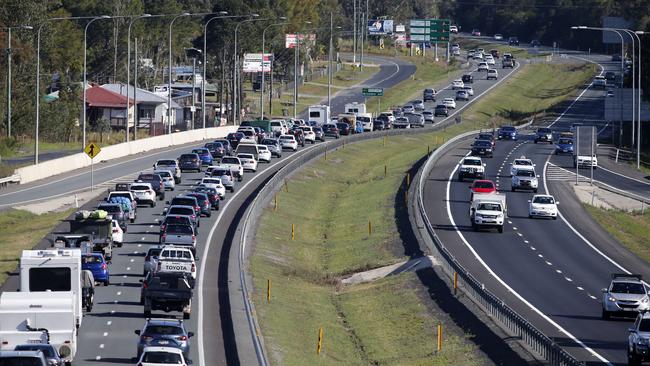
“If our governments continue with a ‘business as usual’ approach, all of the major corridors connecting the population areas within southeast Queensland will be well over capacity in 25 years time.”
The corridors studied were: the Bruce Highway, Ipswich and Centenary Motorways, South Pine Rd, Old Cleveland Rd, the Pacific Motorway at Beenleigh and Coomera, and the Mt Lindesay Highway.
“High levels of road congestion are forecast in the 2031 network, showing that current planning and investment does not keep up with the projected population growth and future transport demand,” the analysis by transport consultants SMEC said. “(And) in 2041, all road links across the region show significant congestion, particularly the Pacific Motorway, Mt Lindesay Highway and Centenary Highway.”
It will lead to longer commutes, more delays, greater stop-start traffic and a rise in rear-end crashes, the research warns. “These outcomes are expected to have negative impacts on the quality of life, economic growth and global competitiveness currently experienced in SEQ,” the report said, highlighting the need for “viable high-quality alternative” modes of transport such as a faster rail network revealed on Monday.
Separate research by the state’s only toll road operator Transurban predicts that by 2043, daily travel demand will spike 50 per cent on roads while congestion will double across the day and traffic speeds will drop 30 per cent.
Transurban Queensland group executive Sue Johnson said the region was “growing like crazy” and while some road improvements were planned, they were not enough.
“Even if we make these road improvements, in 25 years … your travel experience will be the same as what LA is today,” she said. “So we need change and we need to do things differently. People are getting frustrated already with their … travel times.”
And a third set of analysis, by professional services firm PwC, shows that the average car commuter could be spending up to an extra 40 minutes sitting in traffic every day.
It suggests the current one-way trip time of 38 minutes in Greater Brisbane could blow out to 58 minutes by 2043 under a “business as usual” scenario, with the journey on the Gold Coast growing from 30 minutes to 41, and the average Sunshine Coast commute rising from 26 minutes to 36.
However, PwC managing director for infrastructure and urban renewal David Leahy said: “Our analysis shows that the increases to congestion, as a result of population growth, could be offset through the introduction in shared autonomous vehicles.”
Projections that up to 40 per cent of traffic on the region’s roads could be autonomous by 2043 would mean average commute times remaining at today’s levels.
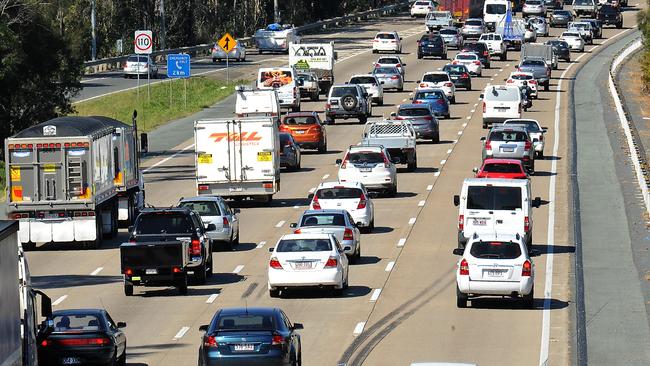
The State Government has set a target of reducing the share of all trips in the region taken by car from 83 per cent to 66 per cent by 2031. But public transport use has flatlined in recent times.
Brisbane City Council’s draft transport plan says: “With Brisbane’s employment projected to reach 1.25 million by 2041, managing commuter transport demand is one of the major challenges facing the city over the next 25 years.”
Despite strategies to develop more employment hubs in outer suburban areas, the number of commuter trips into Brisbane is expected to more than double from about 250,000 per day to 516,000 by the early 2040s.
By then 42 per cent of all people working in Brisbane will be funnelling in from surrounding council areas — including more than 100,000 daily from each of Ipswich, Moreton Bay and Logan.
Lisa Harrison travels 90 minutes from Beaudesert in the Scenic Rim region to work in Brisbane during the week, but traffic gridlock can blow out the commute to two hours.
“Already I have to leave home around 5am to beat the traffic in to town. Traffic is just getting worse,” she said.
Council transport chairman Adrian Schrinner said the growth of large residential communities outside the city’s boundaries without access to public transport adds to pressure on the roads.
“A number of these areas are dormitory suburbs, where there is not a lot of local employment opportunities so they have to drive out. Most of them are coming into Brisbane and if they don’t have public transport, that will be a big driver of congestion,” he said.
Many of those masterplanned communities are priority development areas designated by the State Government’s Economic Development Queensland unit.
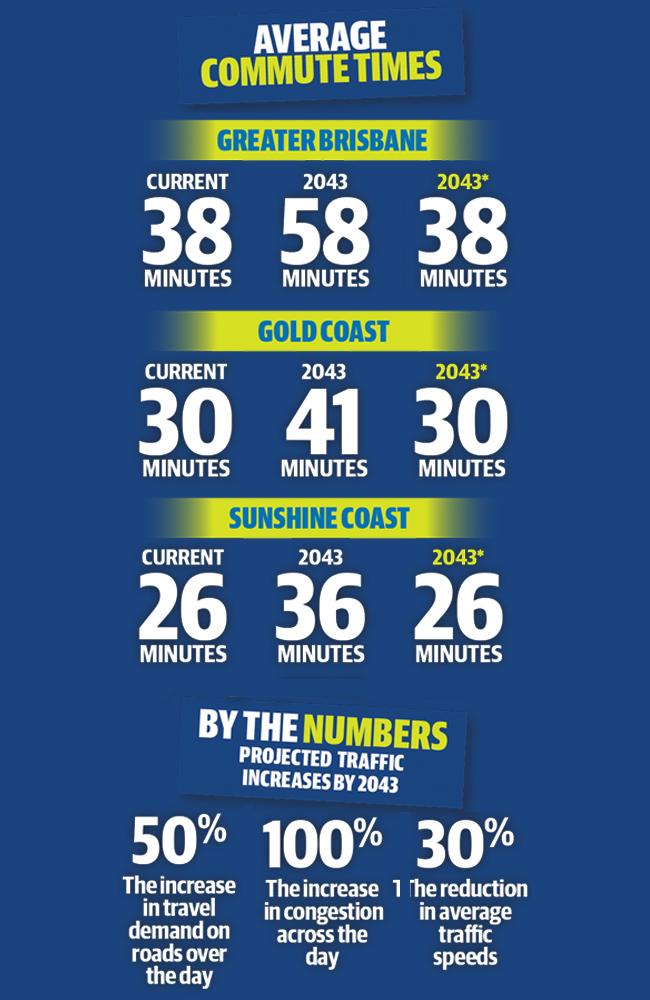
Treasurer Jackie Trad rejected criticism the State Government should do more to ensure public transport was in place earlier in the developments’ growth.
“It would be amazing to have so much money at your disposal before you needed it,” she said.
A 2016 Department Transport and Main Roads report said car commuter traffic to the CBD had already plateaued at about 40,000 people a day as the road network was effectively at capacity.
Average commute distances and times in Greater Brisbane are about the same as Melbourne despite having less than half the population.
A traffic index compiled by GPS manufacturer TomTom rates Brisbane the 96th most congested of 390 global cities measured — worse than Chicago, Boston and Houston.
RACQ spokesman Paul Turner said: “Everything we talk about when it comes to transport is actually about preserving lifestyle. If you’re in gridlock every morning and every evening for two hours … that’s family time, that’s work time, that’s hobby time.”

